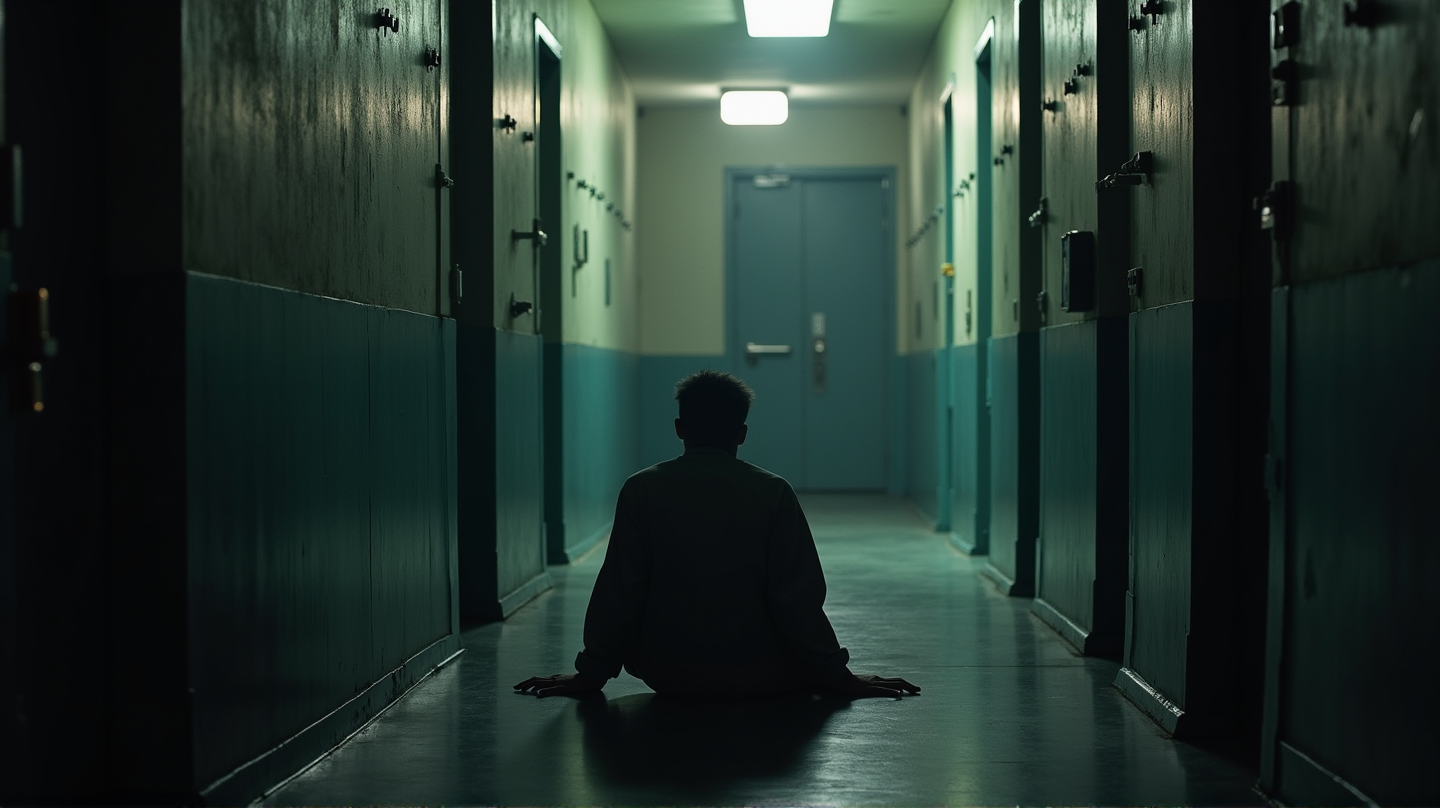Tragic Reality: Mental Illness and Solitary Confinement in Prisons

A Call Ignored
Erik Ramsey’s untimely death in solitary confinement sends shockwaves through North Carolina, shedding light on a troubling pattern. His cry for help an hour before his death fell on deaf ears, a plea met with indifference and denial. As stated in North Carolina Health News, his struggles were emblematic of a broader crisis, where mental illness meets the rigid isolation of prison confines.
Behind Prison Walls
Ramsey, 29, with a history of schizophrenia and bipolar disorder, spent his last days in distressful solitude, away from the support of his family—a common narrative among inmates. His family, who remained a crucial anchor, never received the chance to intervene as Erik’s mental health deteriorated.
Alarming Statistics
A chilling increase in suicides within North Carolina’s prisons paints a bleak picture. In 2024, 13 lives were lost to self-inflicted harm, many during isolation. With a suicide rate surpassing the state’s average, the need for urgent reform is unmistakable. The repetitive cycle of neglect and tragedy calls for an overhaul of mental health care within the correctional system.
The Isolated Cell: A Risk Amplifier
Time spent in solitary confinement raises the risk of self-harm and suicide significantly. The confined spaces echo with silence, and the absence of real human interaction accelerates mental decline. This environment stands in stark contrast to efforts towards rehabilitation and care, exacerbating feelings of despair and hopelessness.
Advocates Push for Reform
With rising awareness, advocates are intensifying their calls for prison reform, aligning with standards set by the Nelson Mandela Rules. Reducing solitary confinement and enhancing mental health support in prisons have become pressing priorities. Recent changes aimed at reducing isolation period lengths signal hope, yet meaningful transformation remains distant.
Hope Amidst Reform Efforts
The Department of Adult Correction pledges to address these issues through strengthened training and mental health programs. However, the setbacks are numerous, ranging from halted projects to staffing shortages. A comprehensive approach is needed to ensure every incarcerated individual receives the support essential for maintaining mental health.
Conclusion: A Call for Humanity
For families like Erik’s, the journey towards healing is long and fraught with anger and sorrow. Their struggle exemplifies the need for change—ensuring that prison is not a death sentence for those battling mental illness but a place of rehabilitation and eventual reintegration. This epidemic, starkly portrayed through Ramsey’s story, reiterates the urgent need for an overhaul within the justice system.





